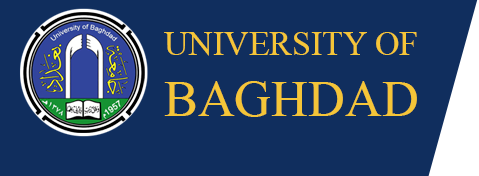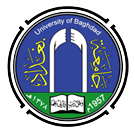Inventor: Assist. Prof. Dr. Ayad Abdul Haleem Abdul Razaq/Department of Petroleum Engineering, College of Engineering, University of Baghdad
Lecturer. Khalil Muhsin Abd/Department of Chemical Engineering, College of Engineering, University of Baghdad
Abstract
This study assessed the advantage of using earthworms in combination with punch waste and nutrients in remediating drill cuttings contaminated with hydrocarbons. Analyses were performed on day 0, 7, 14, 21, and 28 of the experiment. Three hydrocarbon concentrations were used (20000 mg/kg , 40000 mg/kg and 60000 mg/kg) for three groups of earthworms number which were five, ten and twenty earthworms. After 28 days, the total petroleum hydrocarbon (TPH) concentration (20000 mg/kg) was reduced to 13200 mg/kg, 9800 mg/kg, and 6300 mg/kg in treatments with five, ten and twenty earthworms respectively.
Also, TPH concentration (40000 mg/kg) was reduced to 22000 mg/kg, 10100 mg/kg, and 4200 mg/kg in treatments with the above number of earthworms respectively. Otherwise, TPH concentration (60000 mg/kg) was reduced to 25900 mg/kg, 16100 mg/kg, 5300 mg/kg with the same number of earthworms mentioned above. The present study revealed that the trend of degradation was observed to increase significantly with an increase in Earthworms number and with an increase in number of tested days. The results of this study have shown that TPH with certain concentrations can be reduced to acceptable levels by using the selected earthworms named Allolobophora. Also the study results revealed that the present bioremediation can be considered an additional option to deal with the local petroleum contaminated sites.

